
How to Grow and Care for the Cider Gum Eucalyptus Tree: Expert Tips for Healthy Growth
If you’re looking to add a touch of elegance and sustainability to your garden, the cider gum eucalyptus tree is an excellent choice! 
In this expert guide, we’ll cover everything you need to know about growing and caring for a cider gum eucalyptus tree. From choosing the right planting spot to managing watering needs and dealing with common issues, we’ll provide practical tips that will ensure your tree flourishes and adds long-lasting beauty to your outdoor space. Ready to get started? Let’s dive in!
Table of Contents
ToggleUnderstanding the Cider Gum Eucalyptus Tree
The Cider Gum eucalyptus tree (Eucalyptus gunnii) is a stunning, fast-growing evergreen that adds beauty and fragrance to any landscape. Known for its silvery-blue foliage and distinct aroma, it’s a favorite among gardeners looking for a unique tree. Here’s what you need to know to understand this beautiful tree and help it thrive in your garden.
Key Features of the Cider Gum 
The Cider Gum is a medium-sized tree that can reach up to 50 feet tall when fully mature. It features round, glossy leaves in its youth, which gradually turn into narrow, lance-shaped leaves as it grows. One of its standout features is the bark, which peels off in strips, revealing smooth, colorful layers underneath.
Its flowers are small and white, attracting pollinators like bees, which will benefit your garden’s ecosystem. The tree gets its name from the distinct cider-like scent it gives off when its leaves are crushed—an aroma that’s both refreshing and soothing.
Ideal Growing Conditions 
Cider Gum trees prefer full sun and well-draining soil. They thrive in temperate climates and are relatively tolerant of different soil types, including sandy and clay soils. Although they’re drought-tolerant once established, regular watering is essential in the first few years to ensure strong root development.
These trees are cold-hardy to a certain extent, making them a great choice for regions with mild winters. However, they may need some protection from frost in extremely cold areas.
Benefits of Growing Cider Gum 
The Cider Gum tree isn’t just visually appealing—it also serves several practical purposes in your garden. The leaves can be used to make eucalyptus oil, which is known for its medicinal and aromatic properties. Additionally, the tree’s height and dense foliage can provide excellent privacy or wind protection.
For those looking to create a low-maintenance yet striking feature in their garden, the Cider Gum is a great choice. Once it’s established, it requires minimal care, making it perfect for busy gardeners.
A Tree with Personality 
The Cider Gum eucalyptus tree’s unique foliage, scent, and rapid growth make it a standout addition to any outdoor space. Understanding its needs and benefits will help ensure it thrives, providing you with a beautiful and functional tree for years to come!
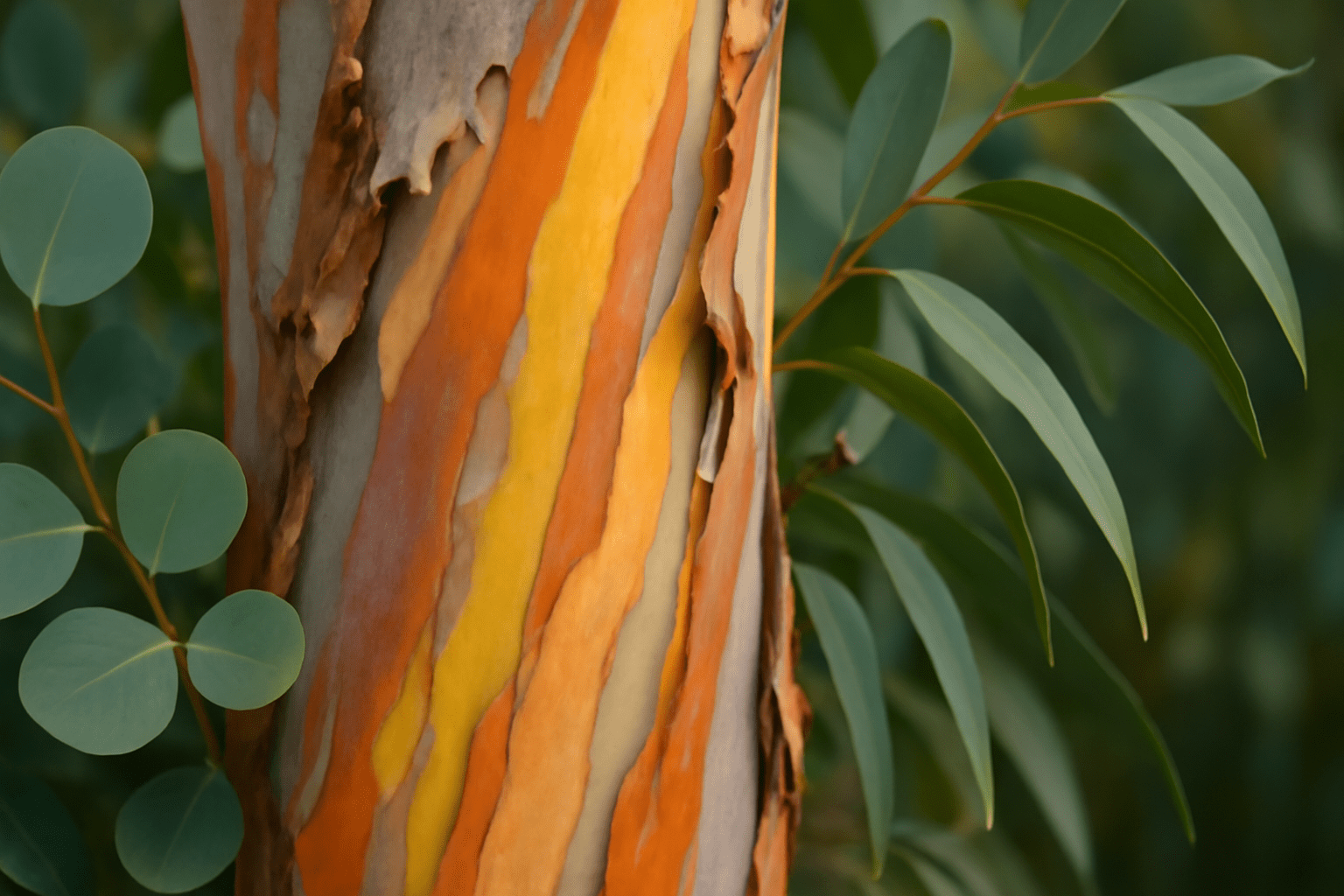
Planting Your Cider Gum Eucalyptus Tree 
Planting your Cider Gum eucalyptus tree is the first step towards growing a thriving, healthy tree. Follow these expert tips to set your tree up for success!
1. Choose the Right Location 
Cider Gum eucalyptus trees need plenty of sunlight to grow strong and healthy. Choose a spot that receives at least 6 hours of direct sunlight each day. The tree will also appreciate a bit of space to spread out, so make sure it’s not too close to buildings or other plants.
2. Prepare the Soil 
Eucalyptus trees prefer well-draining soil. Before planting, check the soil’s drainage by digging a small hole and filling it with water. If it doesn’t drain within a few hours, amend the soil with sand or compost to improve drainage. A slightly acidic to neutral pH (5.5-7) works best for Cider Gum trees.
3. Dig the Hole 
Dig a hole that is about 2-3 times wider than the root ball of your Cider Gum tree and slightly deeper. This will give the roots room to grow and establish themselves. Make sure the top of the root ball is level with or slightly above the ground surface to prevent water from pooling around the base.
4. Plant the Tree 
Gently remove the tree from its container and loosen any tangled roots. Place the tree in the hole, ensuring that it’s centered and standing upright. Fill in the hole with soil, pressing it down lightly as you go to eliminate air pockets. Water the tree generously to help settle the soil.
5. Watering 
Immediately after planting, water the tree deeply. Continue to water it regularly during the first few weeks to help it establish strong roots. Once your tree is established, it’s more drought-tolerant, but during dry spells, make sure to give it a deep watering every week or so.
6. Mulch for Protection 
Add a layer of mulch around the base of the tree to help retain moisture, regulate soil temperature, and suppress weeds. Keep the mulch a few inches away from the trunk to prevent rot.
7. Staking (If Needed) 
If your Cider Gum tree is young or in a windy area, you may need to stake it for support while the roots establish. Use soft, flexible ties and check the stakes regularly to make sure they’re not damaging the tree.
By following these simple planting tips, your Cider Gum eucalyptus tree will have the best possible start. 
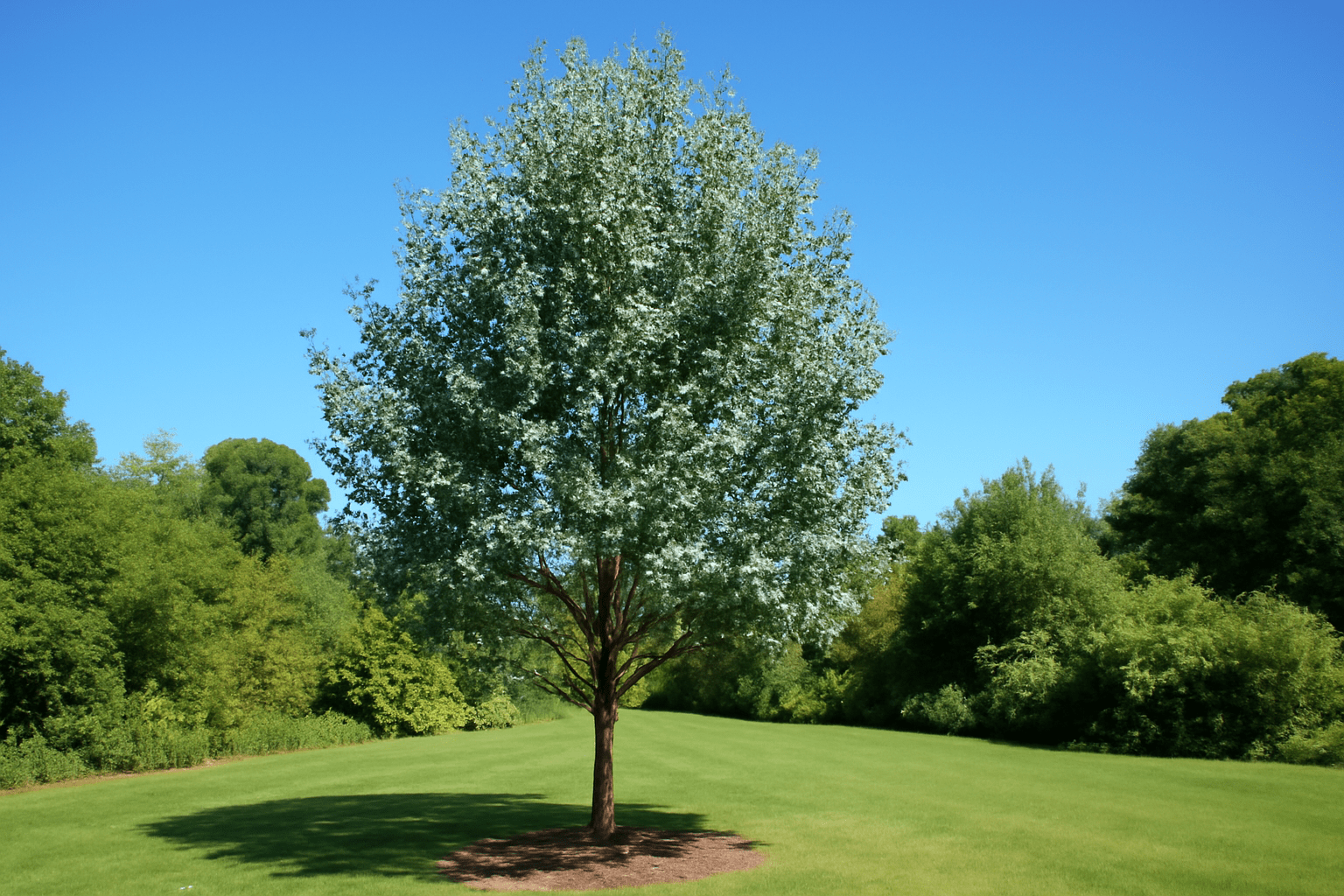
Caring for Your Cider Gum Eucalyptus Tree 
Caring for a Cider Gum eucalyptus tree can be a rewarding experience, as it brings stunning beauty and unique fragrance to any garden. To ensure your tree thrives, here are some expert tips for healthy growth:
1. Choosing the Right Location 
Cider Gum eucalyptus trees need plenty of sunlight to grow strong and healthy. Choose a spot that receives full sun for at least 6 hours a day. This will help your tree develop a strong trunk and vibrant foliage.
2. Watering Needs 
Cider Gums are relatively drought-tolerant, but they still need regular watering to establish their roots. Water deeply, but allow the soil to dry out between waterings. Avoid overwatering to prevent root rot. During dry periods, water the tree thoroughly to keep it healthy.
3. Soil and Drainage 
These trees prefer well-draining soil. If your soil is heavy or clay-like, amend it with organic matter or compost to improve drainage. Poor drainage can lead to root problems, so make sure your Cider Gum has the right foundation for healthy growth.
4. Pruning for Shape 
Pruning is important to maintain the tree’s shape and remove any dead or damaged branches. It also encourages strong, healthy growth. Prune your Cider Gum tree in late winter or early spring before new growth begins. Always use clean, sharp tools to make clean cuts.
5. Fertilizing for Growth 
Feed your Cider Gum with a slow-release fertilizer once a year in spring to promote healthy growth. Avoid over-fertilizing, as this can cause excessive leaf growth and weak branches. A balanced, organic fertilizer is usually sufficient for these trees.
6. Mulching for Moisture Conservation 
Mulch around the base of your Cider Gum to help retain moisture, suppress weeds, and regulate soil temperature. Use organic mulch like wood chips or bark, but keep it a few inches away from the tree trunk to prevent rot.
7. Protecting from Pests 
Although Cider Gum eucalyptus trees are generally pest-resistant, they can occasionally be affected by aphids or scale insects. If you notice sticky residue or small insects, gently spray your tree with a mild soap solution or neem oil to keep pests at bay.
By following these simple steps, your Cider Gum eucalyptus tree will thrive, adding beauty and fragrance to your garden for years to come. Happy gardening!
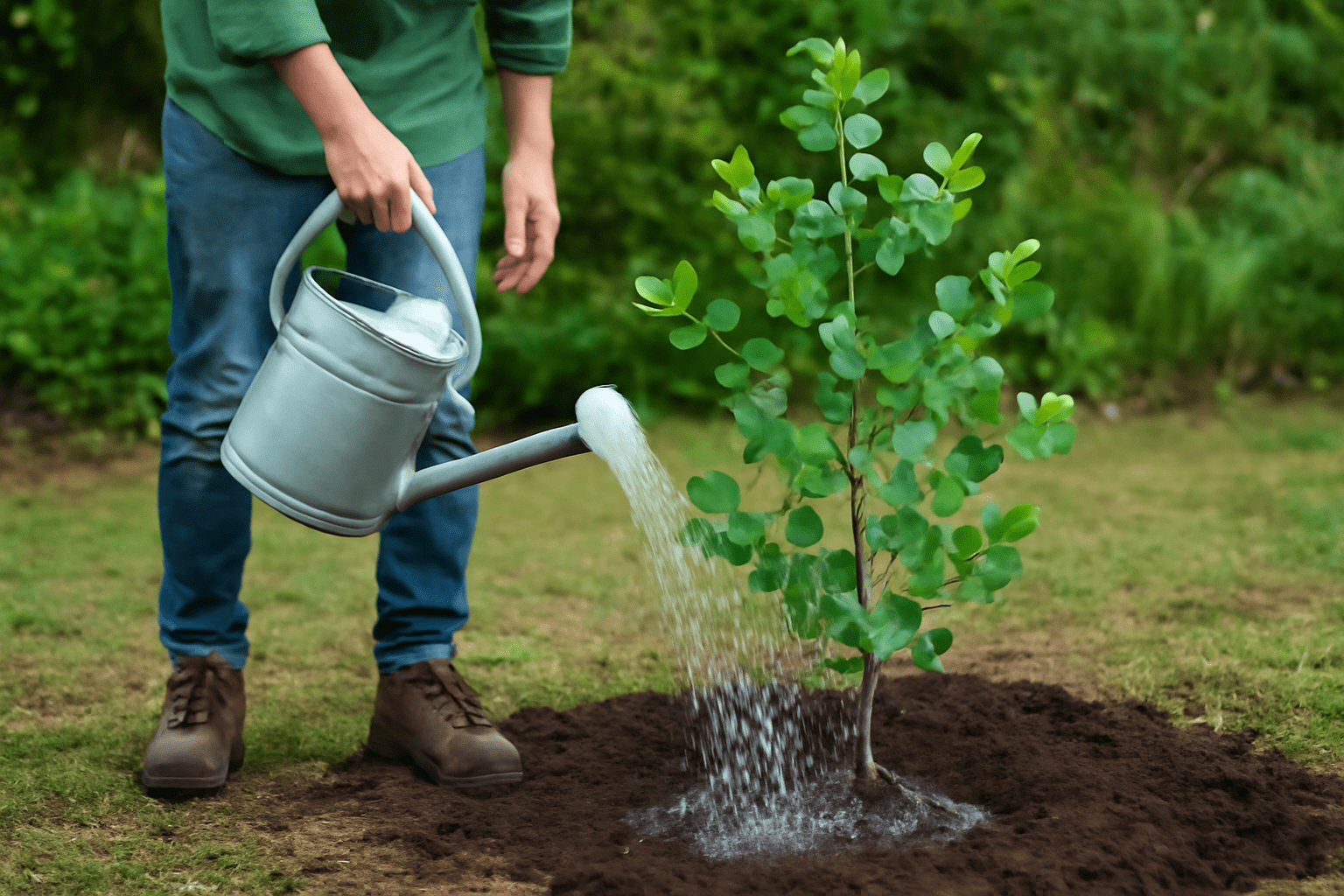
Common Problems with Cider Gum Eucalyptus Trees
Cider gum eucalyptus trees are known for their stunning appearance and pleasant fragrance, but they can sometimes face issues that prevent them from thriving. Here’s a quick guide to help you tackle the most common problems and keep your tree healthy and vibrant.
1. Yellowing Leaves 
Possible Cause: Overwatering or poor drainage.
Solution: Cider gum eucalyptus trees prefer well-drained soil. If the leaves are turning yellow, check for soggy soil around the roots. Make sure your tree is planted in a location with good drainage, and reduce watering frequency. Let the soil dry out before watering again.
2. Leaf Drop or Wilting 
Possible Cause: Underwatering or heat stress.
Solution: If your tree’s leaves are wilting or falling off, it could be due to a lack of water or high temperatures. Deep water your tree to ensure the roots are properly hydrated. During hot spells, consider providing some afternoon shade to protect your tree from excessive heat.
3. Brown or Crispy Leaf Tips 
Possible Cause: Low humidity or over-fertilization.
Solution: Cider gum eucalyptus trees can be sensitive to low humidity and excessive fertilizer. If you notice brown, crispy tips, try increasing humidity around the tree or reduce fertilizer use. Opt for a balanced, slow-release fertilizer and avoid overfeeding your tree.
4. Pest Infestation 
Possible Cause: Aphids, mealybugs, or scale insects.
Solution: If you spot sticky residues, small insects, or distorted leaves, pests may be the culprit. Treat your tree with a mild soapy water spray or neem oil to eliminate these pests. Regularly check your tree for signs of infestation and act quickly to prevent the problem from worsening.
5. Fungal Disease or Black Spots 
Possible Cause: Poor airflow or excessive moisture.
Solution: To avoid fungal diseases, ensure your tree is planted in an area with good airflow. Trim any crowded branches and avoid watering overhead. If black spots appear on leaves, remove the affected foliage and avoid watering the leaves directly. Fungicides can be used for more severe cases.
6. Slow or Stagnant Growth 
Possible Cause: Nutrient deficiency or insufficient sunlight.
Solution: Cider gum eucalyptus trees need plenty of sunlight (at least 6 hours per day) to thrive. If your tree isn’t growing as expected, ensure it’s in a sunny spot. Additionally, feed it with a slow-release fertilizer that provides essential nutrients like nitrogen, phosphorus, and potassium for healthy growth.
By staying vigilant and addressing these common problems early, your cider gum eucalyptus tree can flourish and become a beautiful addition to your landscape.
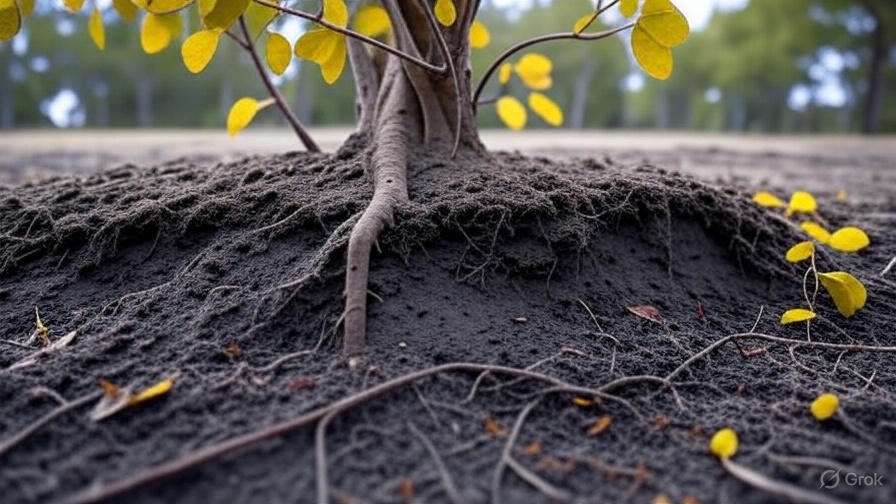
How to Harvest and Utilize Cider Gum Eucalyptus Tree
The Cider Gum eucalyptus tree is not only a beautiful addition to your garden but also offers valuable resources. From its leaves to its essential oils, there are many ways to harvest and utilize this amazing tree. Here’s a simple guide to help you get the most out of your Cider Gum eucalyptus.
1. Harvesting the Leaves 
The leaves of the Cider Gum eucalyptus are its most commonly harvested part. They contain the essential oils that give the tree its signature scent and benefits.
How to Harvest:
- Wait until the tree is well-established, typically 2-3 years old, to begin harvesting leaves.
- Use sharp pruning shears to gently cut healthy leaves from the branches. Avoid taking too many from a single branch to ensure the tree continues to thrive.
- Harvest in the early morning when the oils in the leaves are most potent.
Tip: Always wear gloves when handling the leaves, as their oils can irritate the skin.
2. Extracting Essential Oils 
The essential oils from the Cider Gum eucalyptus are widely used in aromatherapy, cleaning products, and even in traditional medicine.
How to Extract:
- Steam Distillation: This is the most common method for extracting eucalyptus oil. You’ll need a steam distiller, which you can purchase or build at home.
- Process: Once you’ve gathered enough fresh leaves, steam them to release the oils. The steam carries the oils into a collection container where they condense into liquid form.
Tip: If you’re new to essential oil extraction, consider starting with a small batch to get the process right.
3. Making Eucalyptus Infusions 
If you prefer a simpler method, you can create an infusion using the leaves, perfect for homemade beauty or cleaning products.
How to Make:
- Place fresh or dried leaves in hot water and let them steep for 15-20 minutes.
- Strain out the leaves, and you can use the liquid in sprays, as a natural disinfectant, or even in homemade skincare products like lotions and balms.
Tip: Store the infusion in a cool, dark place for up to a week.
4. Using Eucalyptus Wood 
The wood of the Cider Gum eucalyptus is durable and has a beautiful, distinctive look. While it’s not commonly harvested for general woodworking, it can be used for projects such as crafting, small furniture, or decorative items.
How to Use:
- Once the tree matures and you prune or thin it, keep an eye on the size of the branches or trunks.
- You can use the wood for smaller items, like picture frames, plant stands, or even as firewood.
Tip: Always ensure the wood is properly dried before use to prevent warping or cracking.
5. Health and Medicinal Uses 
The oils from the Cider Gum eucalyptus have antimicrobial, antifungal, and anti-inflammatory properties, making them useful in natural remedies.
How to Use:
- Aromatherapy: Add a few drops of eucalyptus oil to a diffuser to help clear the airways and promote relaxation.
- Topical Applications: Dilute eucalyptus oil with a carrier oil and apply it to sore muscles or for skin irritation.
Caution: Always perform a patch test before using eucalyptus oil on the skin, and never ingest it without proper guidance.
By understanding how to harvest and utilize your Cider Gum eucalyptus tree, you can take full advantage of its incredible benefits, whether for health, crafting, or simply enjoying the delightful fragrance!
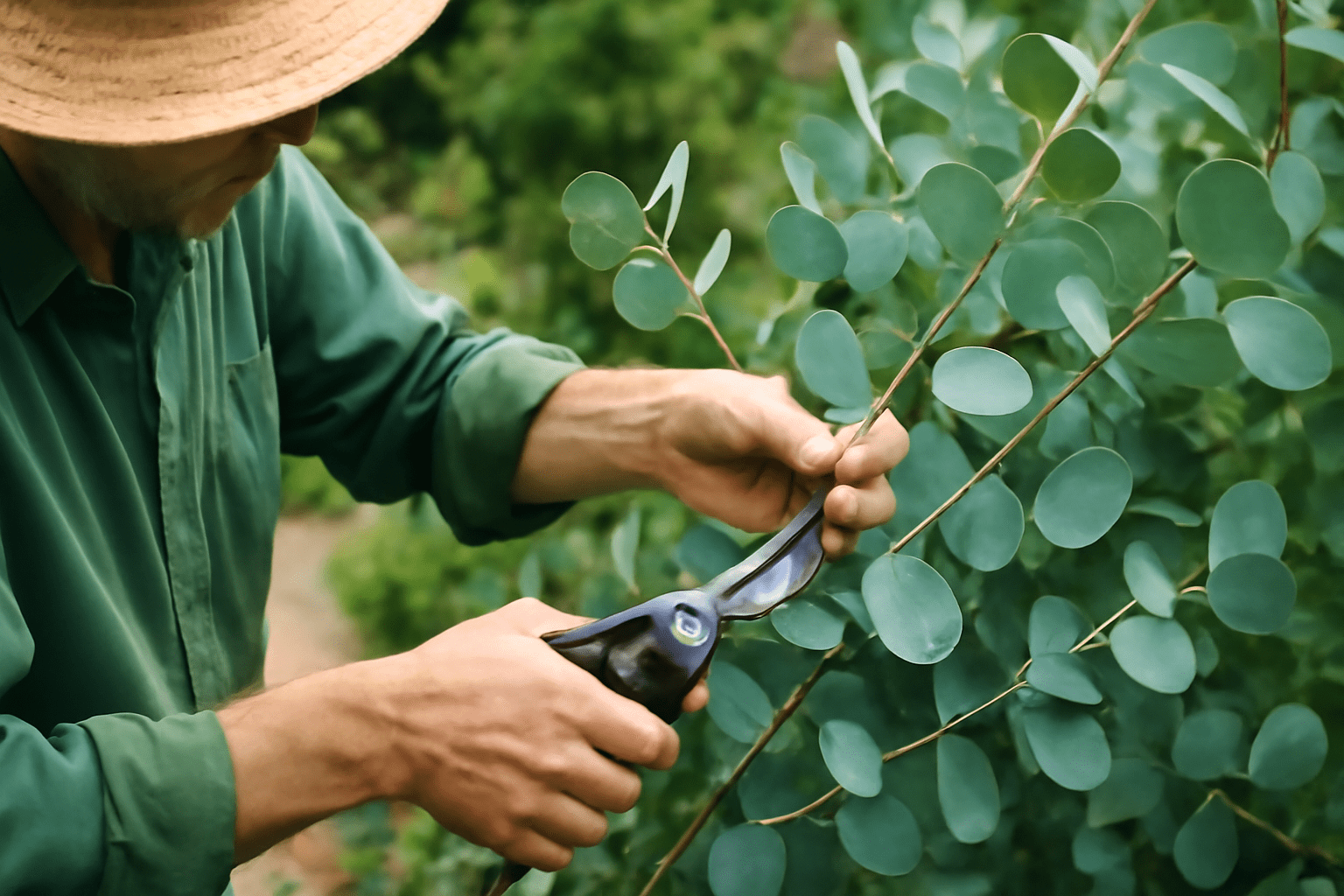
Troubleshooting: Quick Solutions for Common Problems
Caring for a Cider Gum eucalyptus tree is generally easy, but problems can still pop up from time to time. If you’re facing any issues, here are some quick fixes to get your tree back on track!
1. Yellowing Leaves 
Possible Cause: Overwatering or poor drainage.
Solution: Cider Gum eucalyptus trees don’t like sitting in water. If you notice yellowing leaves, check the soil for excess moisture. Allow the top of the soil to dry out between waterings, and make sure your tree is planted in well-draining soil to prevent root rot.
2. Wilting or Drooping Leaves 
Possible Cause: Underwatering or heat stress.
Solution: If your tree’s leaves are wilting, it may not be getting enough water. Deep water your tree and ensure the soil is moist, but not soggy. During hot weather, give your Cider Gum some afternoon shade to protect it from heat stress, especially in regions with intense sun.
3. Brown Leaf Tips 
Possible Cause: Low humidity or over-fertilization.
Solution: Cider Gum trees prefer moderate humidity. If you’re growing it indoors, use a humidifier or mist the leaves occasionally. Additionally, check your fertilization routine — too much fertilizer can cause brown tips. Cut back on fertilizer if needed, and avoid fertilizing during the tree’s dormant period.
4. Pest Infestations 
Possible Cause: Aphids, scale insects, or mealybugs.
Solution: If you spot pests, act quickly. Spray your Cider Gum tree with a gentle soap and water solution to wash off the pests. For a more severe problem, use neem oil or insecticidal soap, following the label instructions for best results.
5. Fungal Spots or Blackened Leaves 
Possible Cause: Excess moisture or poor air circulation.
Solution: To prevent fungal issues, ensure the tree has proper spacing for good air circulation. Remove any affected leaves and avoid overhead watering, as moisture on the leaves can promote fungal growth. If necessary, use a fungicide to treat persistent problems.
6. Slow Growth or Stunted Development 
Possible Cause: Nutrient deficiency or insufficient sunlight.
Solution: Cider Gum eucalyptus trees need full sun for at least 6 hours a day to thrive. If growth is slow, ensure it’s getting enough light. Also, consider adding a balanced, slow-release fertilizer to the soil to provide the necessary nutrients for healthy growth.
By following these simple troubleshooting tips, you’ll keep your Cider Gum eucalyptus tree healthy, vibrant, and growing strong!
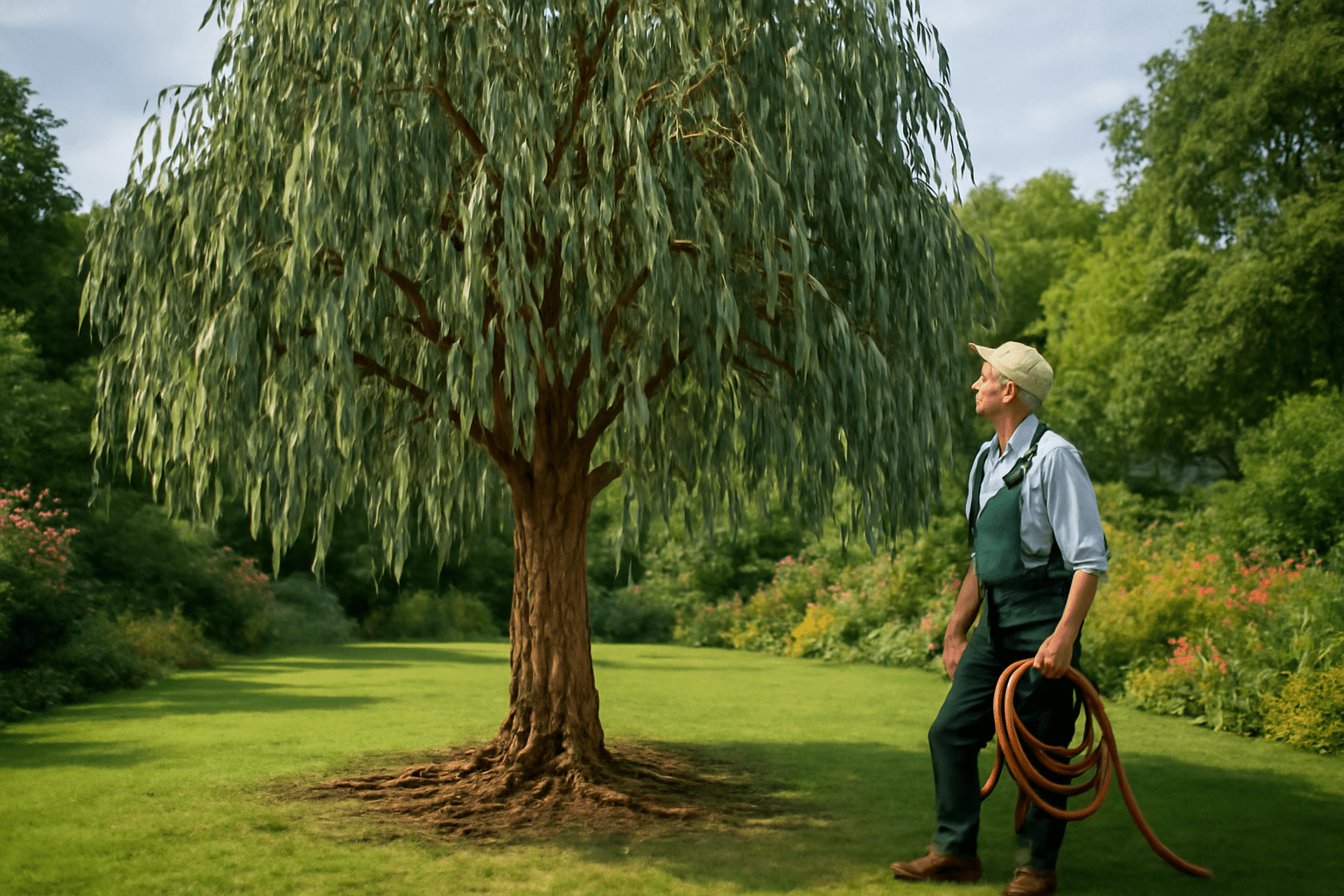
Conclusion
Caring for the cider gum eucalyptus tree can be a deeply rewarding experience, bringing both beauty and practicality to your garden. With its unique bark, aromatic leaves, and fast growth, this tree is a fantastic addition to any landscape. By following the expert tips in this guide, you’ll be well-equipped to grow and nurture a healthy, thriving tree for years to come.
From selecting the right planting spot to managing pests and diseases, understanding the needs of your cider gum eucalyptus tree is key to its success. With proper care, including watering, pruning, and occasional fertilization, your tree will flourish, providing beauty, shade, and a sense of accomplishment.

Now that you have all the essential information, it’s time to put your knowledge into practice. Start planting your cider gum eucalyptus tree today and watch it grow into a stunning centerpiece in your garden. Happy gardening!
Frequently Asked Questions (FAQs)
How fast does the cider gum eucalyptus tree grow?
The cider gum eucalyptus tree is a fast-growing species. Under ideal conditions, it can grow up to 20-30 feet within just a few years. With proper care, it will establish a solid foundation and grow rapidly.
What type of soil does the cider gum eucalyptus tree prefer?
The cider gum eucalyptus tree thrives in well-draining, slightly acidic to neutral soil. It prefers soil that is rich in organic matter, ensuring the roots have proper access to nutrients and water without becoming waterlogged.
How often should I water my cider gum eucalyptus tree?
Young cider gum eucalyptus trees require regular watering to establish their roots. Once established, the tree becomes more drought-tolerant. Water deeply and infrequently, letting the soil dry out between watering to prevent root rot.
Can I grow a cider gum eucalyptus tree in a pot?
Yes, you can grow a cider gum eucalyptus tree in a pot, but it requires a large container to accommodate its roots. Be sure to report it as the tree grows to avoid root-bound issues and provide enough space for proper growth.
When is the best time to prune my cider gum eucalyptus tree?
The best time to prune your cider gum eucalyptus tree is in early spring or late winter, before the new growth starts. This will help remove dead or damaged branches, improve airflow, and shape the tree for optimal health.
Why are the leaves on my cider gum eucalyptus tree turning yellow?
Yellowing leaves are often a sign of overwatering or poor soil drainage. Ensure the soil is well-draining and adjust your watering schedule. It could also indicate a nutrient deficiency, so consider applying a balanced fertilizer.
How can I protect my cider gum eucalyptus tree from pests?
Common pests like aphids and eucalyptus weevils can affect the cider gum eucalyptus tree. Use organic treatments such as neem oil or insecticidal soap to control pests, and inspect the tree regularly for early signs of infestation.
What should I do if my cider gum eucalyptus tree is wilting?
Wilting can be caused by underwatering, pest damage, or root stress. Ensure the tree is getting enough water, check for pests, and make sure the tree has proper drainage. If wilting persists, it could be a sign of root rot or disease, so consider consulting a tree care professional.

